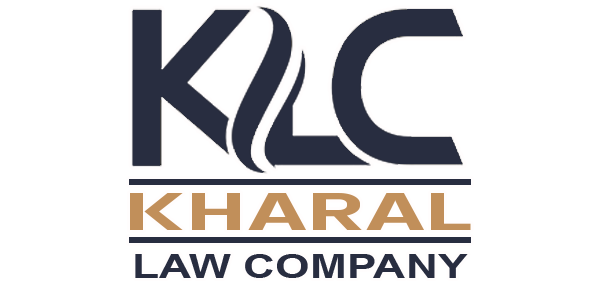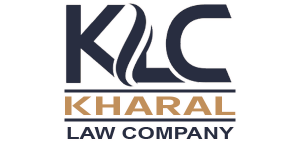M a software for project management that helps teams plan, organize and manage tasks more efficiently. It improves collaboration and communication by providing a central platform for everyone to communicate and share documents and keep a complete historic record of all changes. It allows you to easily monitor the progress and costs, assuring that projects are completed on time and within budget.
Typically, project management software features file-sharing tools that allow several people to access and edit files simultaneously, and to send out notifications to alert them when a task is ready with custom workflows. It also allows team members to work with each other regardless of location or department. Some applications allow real-time tracking of expenses so managers can be aware of when a project is going off-track and take corrective action before it’s too late.
Professional service companies which generate substantial revenue from customer-facing projects making sure that work is completed within budget and on time is crucial. This is especially true for service teams that execute complex projects that are defined by scope and the client’s agreement in an agreement on work (SOW). Project management software can help ensure projects remain on schedule by automatically logging billable and non-billable times from daily time registrations which allows users to accurately invoice clients and make educated business decisions.
M a program for managing projects can also boost team cohesion by establishing a channel to communicate with each other about https://shapingourfuturefoundation.org/steps-to-dissolve-a-non-profit-executive-board/ task statuses and status updates. This is especially crucial for remote or distributed teams where communication can be a challenge. It can help managers define roles and responsibilities clearly and reduce confusion and ensure that everyone is aware of what their job is.


